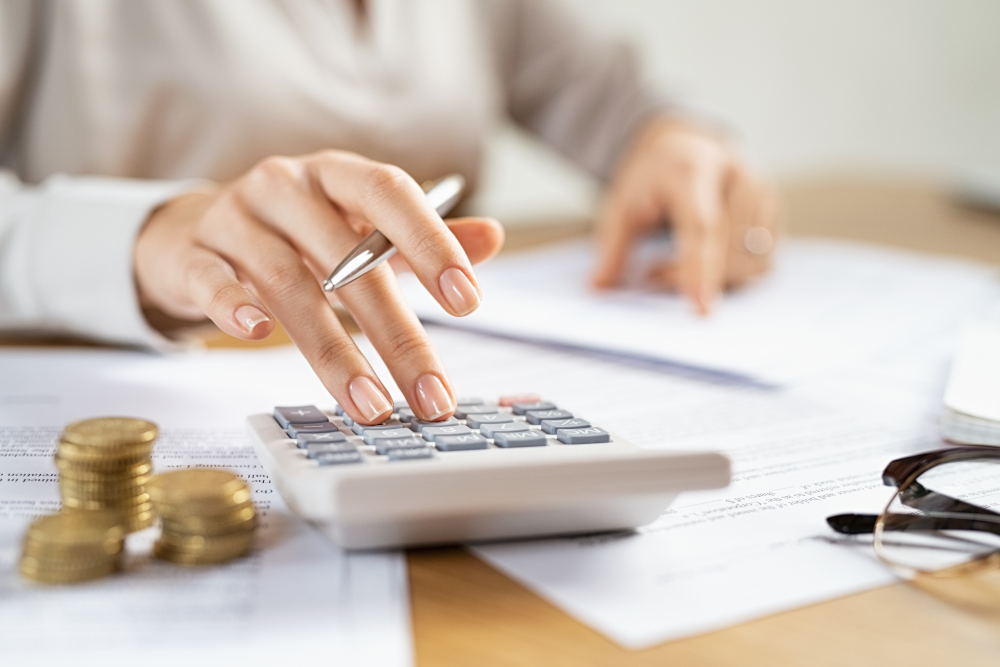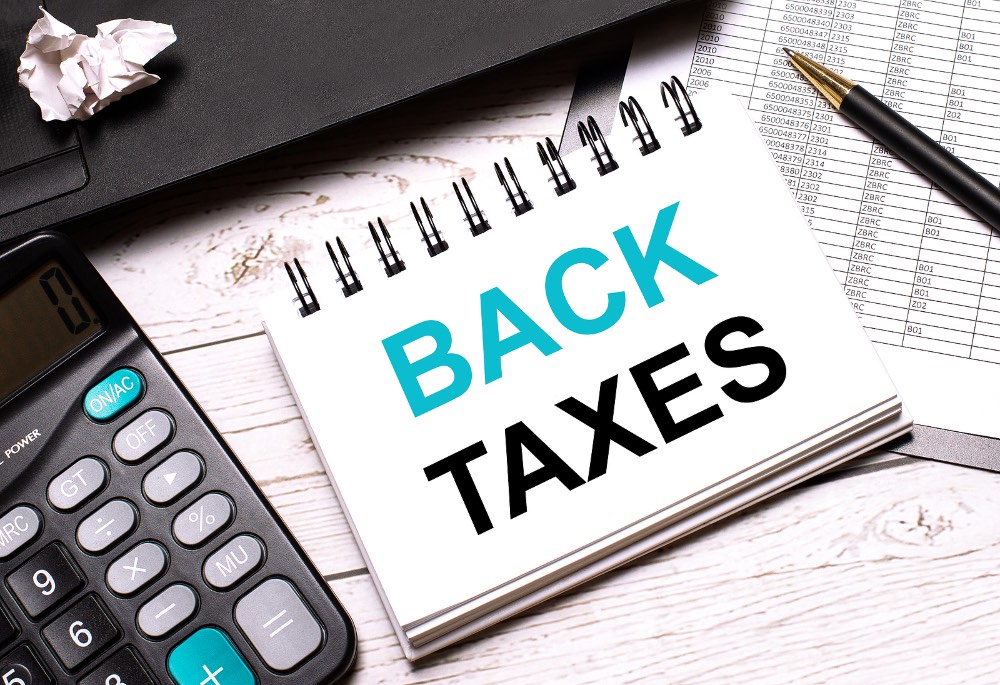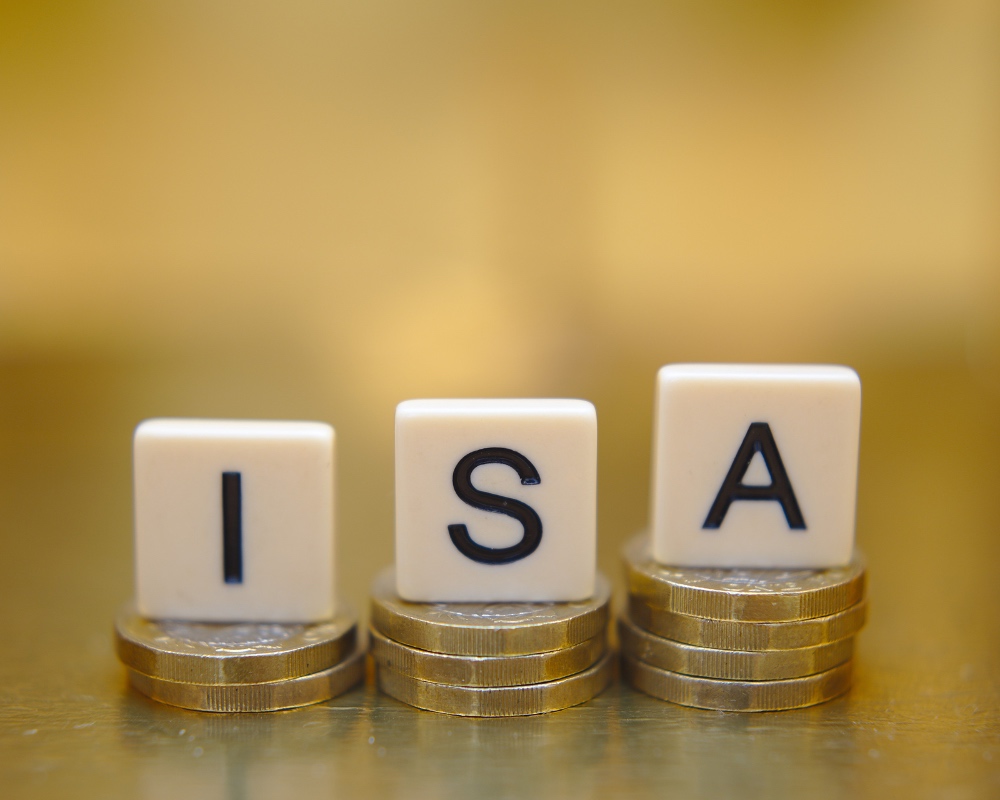For the high-net-worth individual, tax is a major concern, and growing and protecting your wealth requires robust tax planning to ensure that you are ticking all of the right legal boxes, as well as setting yourself up for longer-term financial success.
Taxes have been taking an ever-increasing bite out of earnings over recent years, with many high earners finding themselves losing some of their personal income allowances. The top rate of income tax currently stands at 45 per cent for those earning above £150,000, and this could be set to increase to 50 per cent under a potential future Labour government.
Without a suitable strategy in place, you run the risk of missing out on some important tax benefits – so if you’ve been winging it thus far, then it’s time to take things in hand.
Investing in pensions and ISAs may help you to reduce the amount of tax you pay as well as potentially claiming some money back, but they aren’t the only way to ensure you’re making the most of the opportunities available to you. Here, we take a look at all you need to know to optimise your finances and become as tax efficient as possible so that you’re ticking all the right legal boxes without paying more than you have to.

Wipe the slate clean
Starting with a clean slate is essential if you’re looking to tidy up your finances and ensure you’re up to date with what you owe, before moving forward in a way that benefits you.
In the USA, the IRS fresh start program is a great place to begin, and provides tax relief to those with tax debt, combatting predatory collection practices and providing high earners with an easy and stress-free way to get themselves up to date. Many other countries offer similar schemes, so if you’re aware that you’ve overlooked some past payments that were due, then it’s time to stop burying your head in the sand and get them paid.

Utilise your ISA allowance
Once that’s out the way, it’s time to look at optimising your tax allowances. Using your full Individual Savings Account (ISA) allowance is perhaps one of the easiest ways to move towards this, and currently, you can pay up to £20,000 per tax year into an ISA account. This amount can be split between cash ISAs, stocks and shares ISAs and Lifetime ISAs, but bear in mind that you can only have one of each type of ISA account at a time.
One of the main benefits of cash ISAs and their investment-based alternatives is the fact that you won’t need to pay any income tax or capital gains tax on your returns, and you can also make tax free withdrawals, taking funds out without paying a penalty, with the exception of fixed-rate accounts.
If you have children, then you may also want to consider opening an ISA for them. Junior accounts, for under 18s, currency allow an upper limit of £9,000 to be paid in over the tax year of 2022-3, and offer the same tax efficiencies.

Boost your pension
The current basic rate of tax relief for pension contributions is 20 per cent, and this is automatically added to your contributions and paid directly into the fund. However, high-earners may find that this is a little more complex, as you’re required to pay 40 per cent tax on all income that exceeds the current higher-rate threshold. However, this means that you can claim an additional 20 per cent relief on this proportion of your income if you pay it into your pension by directly claiming it via your self assessment tax return.
Although there’s currently no upper limit regarding the amount you pay into your pension each tax year, there is a limit on which tax relief applies, which currently stands at £40,000. Another tax efficient advantage of investing in your pension is that when you retire, or anytime after the age of 55, you can take a lump sum of up to 25 per cent, tax free.

Invest in small businesses
To boost your tax efficiency even further, you may want to consider investing in small companies. Investments in Venture Capital Trusts of up to £200,000 per tax year come with the added benefit of tax relief of up to £60,000, although you must have paid or owe as much tax during the year in which you choose to invest.
This is a great UK government incentive that’s worth taking advantage of, and as well as making a potentially savvy investment for the future, you get to support a worthwhile business endeavour, too. You’ll need to retain your investment for a minimum of five years in order to reap the tax benefits, but as every clued-up investor knows, making gains is all about playing the long game.
The bottom line
There are numerous ways to become tax efficient as a high earner, but these are some of the best and easiest places to start. If you want to ensure you have all bases covered, then consult with a tax relief service like Ideal Tax to learn more.
Disclaimer: Always speak to a financial advisor or accountant before making any changes. Professional guidance can go a long way in making sure you’re abiding by tax laws while benefiting from every allowance or threshold HMRC has to offer.






















